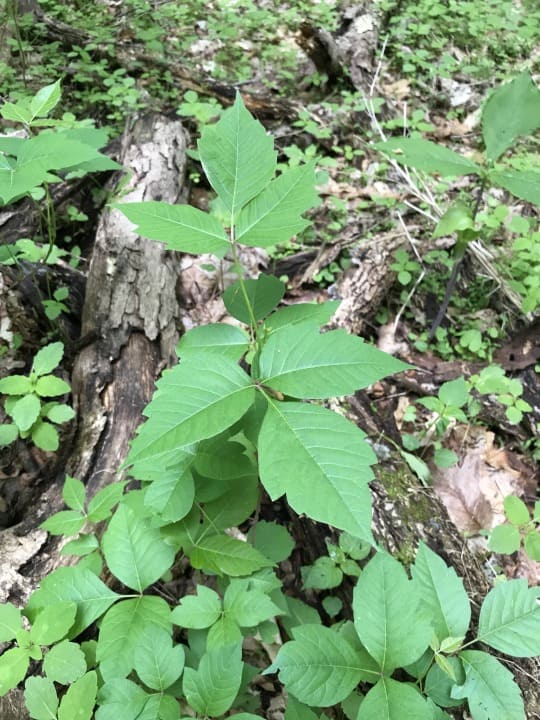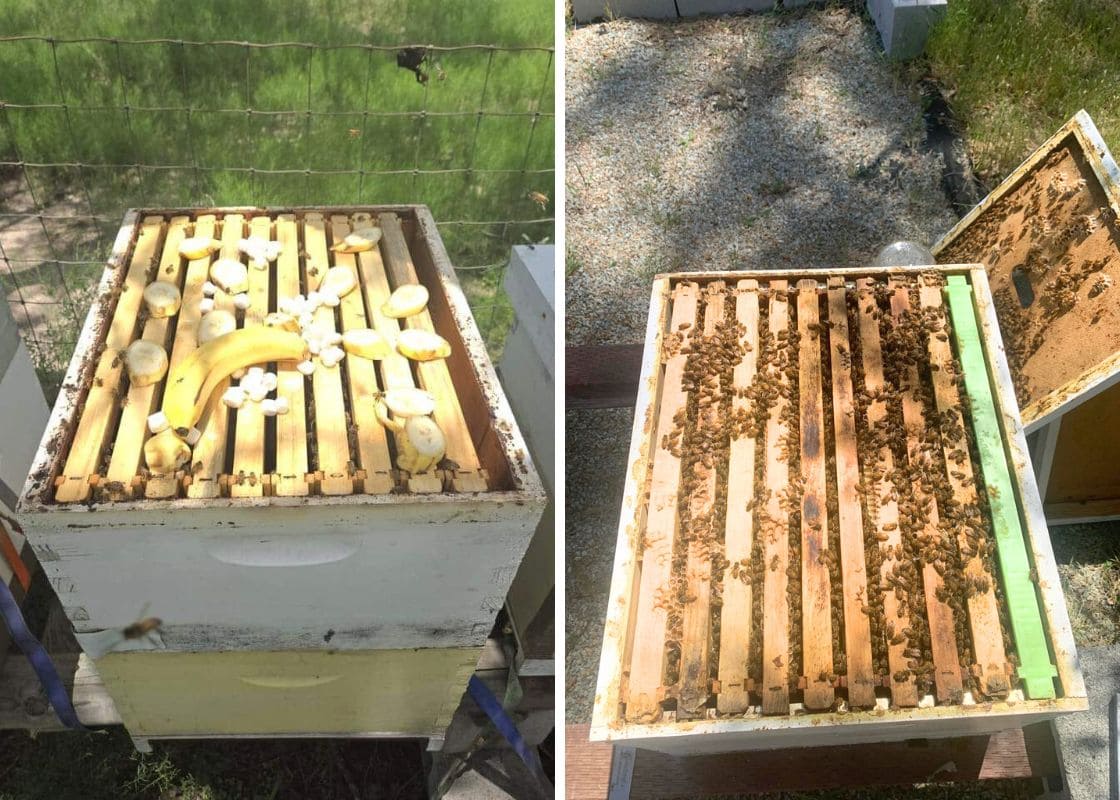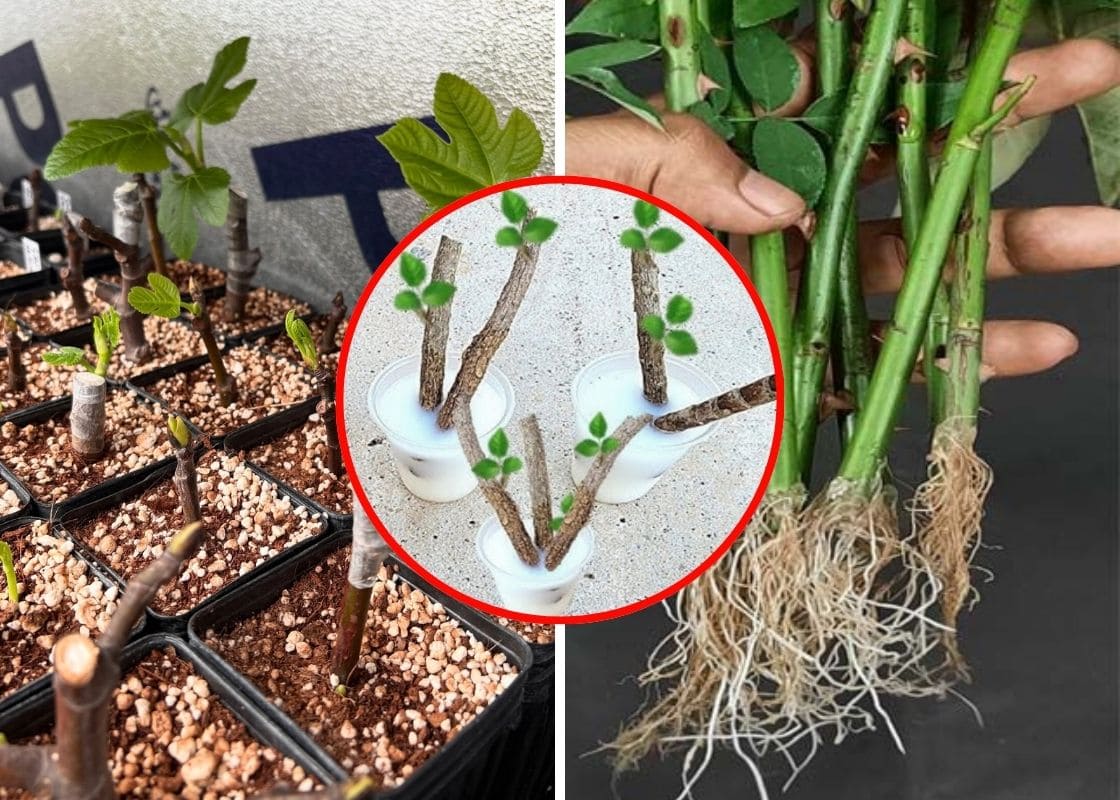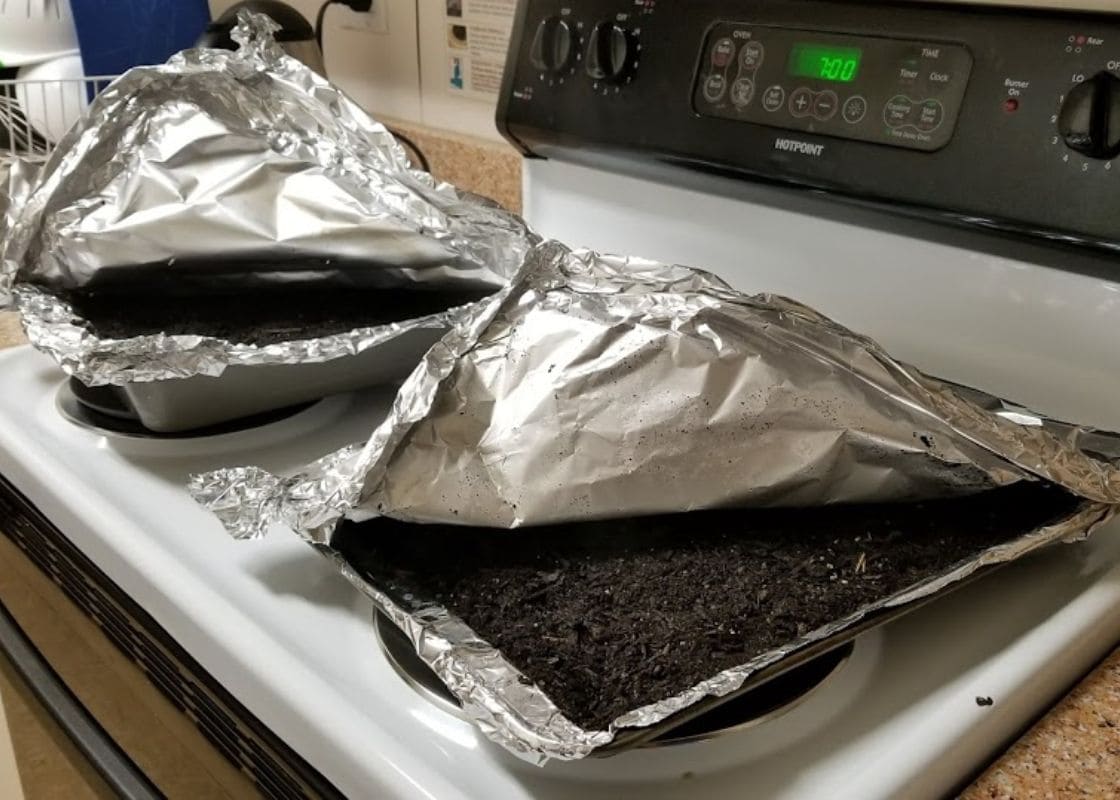If you’ve ever wandered through the woods or worked in an overgrown garden, you might have had the misfortune of brushing up against poison ivy, poison oak, or poison sumac.
I’ve learned the hard way how painful these plants can be, and trust me, an itchy, blistering rash isn’t something you want to deal with.
Over the years, I’ve trained my eyes to recognize these troublemakers before they recognize me, and today, I want to share what I’ve learned so you can stay rash-free.
Learning to Identify the Three Poisonous Plants
All three of these plants contain urushiol, a nasty oil that causes allergic reactions in most people.
Even a tiny amount on your skin can trigger an itchy, red rash that can last for weeks. The tricky part? They don’t all look the same!
Poison Ivy (Toxicodendron radicans)
Poison ivy is the most widespread and sneaky of the three. It grows almost everywhere in North America, popping up along trails, fences, and even gardens if left unchecked.
The classic rhyme, “leaves of three, let it be,” is the best way to remember it. Each leaflet has pointed tips, and the edges can be smooth or slightly jagged.

Depending on the season, its leaves change color – red in spring, green in summer, and yellow or orange in fall. It can take the form of a vine, a shrub, or even a ground cover, climbing trees and fences with small rootlets.
Poison ivy prefers shady, wooded areas, riverbanks, and ditches, making it a common sight in both urban and rural settings.
Poison Oak (Toxicodendron diversilobum & Toxicodendron pubescens)
Poison oak is a bit trickier because it resembles an innocent oak tree sapling. It’s more common in the western and southeastern United States and blends seamlessly into the landscape.
Its leaves also come in groups of three, but they have a more rounded, lobed appearance, much like an actual oak leaf.

Unlike poison ivy, which thrives in shaded woodlands, poison oak prefers dry, open areas along hiking trails and fields. It grows as a vine or a low shrub, making it just as adaptable as poison ivy.
Poison Sumac (Toxicodendron vernix)
Poison sumac, while less common, is the most toxic of the three. If you come across it, steer clear.
Unlike the others, poison sumac doesn’t follow the “leaves of three” rule. Instead, it has between seven and thirteen smooth-edged leaflets arranged in pairs along a reddish stem.

In the fall, it turns a striking shade of red, making it easy to spot if you know what to look for. This plant prefers wet environments like bogs, swamps, and riverbanks, mostly in the eastern United States.
Unlike poison ivy and oak, which can grow almost anywhere, poison sumac thrives in very specific, waterlogged conditions.
How to Avoid These Plants in the Wild and in Your Garden
Over time, I’ve developed some solid strategies to avoid these plants and keep my skin itch-free. Wearing long sleeves, gloves, and pants while working outdoors provides an excellent barrier against contact.
I always stick to well-maintained trails when hiking because venturing off into unknown territory increases the risk of stumbling into a patch of poison ivy or oak.
Recognizing their seasonal changes is also key, each of these plants looks different in spring, summer, and fall, so knowing their year-round appearance can prevent accidental exposure.

Another hidden danger comes from pets. Dogs and cats don’t react to urushiol, but they can carry the oil on their fur and transfer it to you later.
If my dog runs through an overgrown area, I make sure to give him a thorough wash before petting him too much.
Similarly, I never burn brush that might contain these plants. The smoke carries urushiol particles, which can cause severe lung irritation if inhaled.
What to Do If You Touch Poison Ivy, Oak, or Sumac
Even with all my precautions, I’ve accidentally brushed up against these plants a few times. The key is acting fast before the oil soaks into your skin.
- Wash the area immediately with soap and cold water. I’ve found that dish soap works great for breaking down the oil.
- Use rubbing alcohol or a poison ivy wash like Tecnu if you have it.
- Avoid scratching! Scratching spreads the oil and makes things worse.
- Wash clothes and tools that may have touched the plant. Urushiol lingers on fabric and can cause rashes later if not cleaned properly.
- Try natural remedies like baking soda pastes, apple cider vinegar, or oatmeal baths to ease itching.







